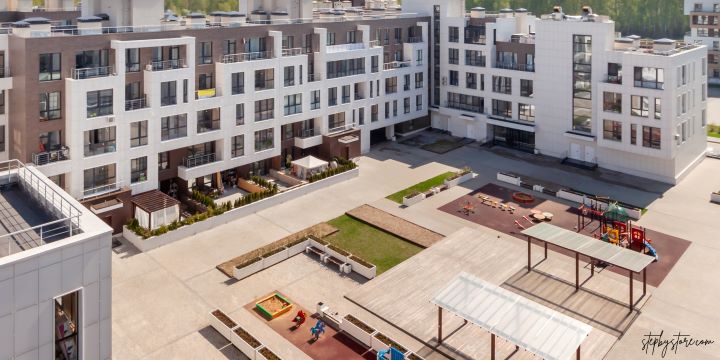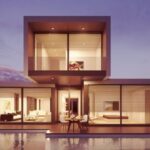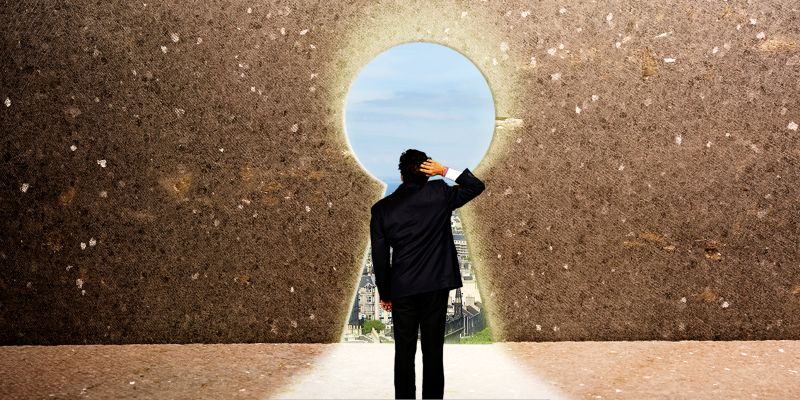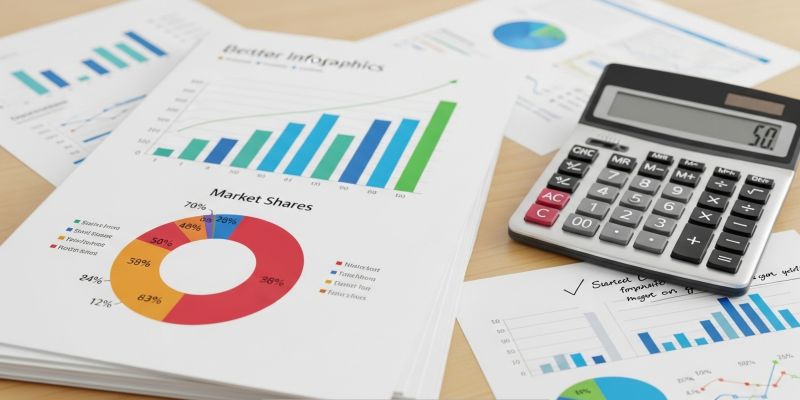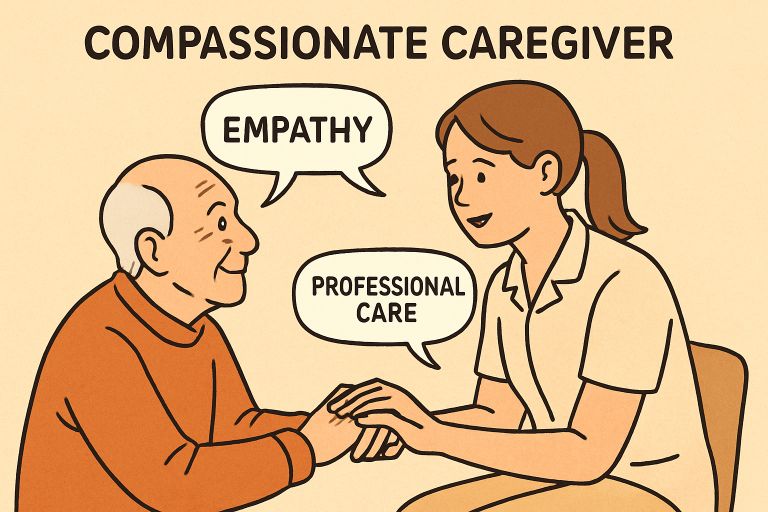Key Takeaways:
- Understanding the increasing popularity of mixed-use developments in urban areas.
- Exploring the benefits, such as convenience and sustainability, of mixed-use developments.
- Examining the potential economic and social challenges they present.
- Reflecting on the future of urban planning and mixed-use developments.
What Are Mixed-Use Developments?
Mixed-use developments are urban planning projects that combine various land uses within a single neighborhood or complex. These developments typically integrate residential, commercial, and recreational spaces nearby, creating vibrant, walkable communities. This allows people to live, work, and play without traveling long distances. Clustering different activities within a compact area promotes sustainability, economic vitality, and social interaction, enhancing residents’ overall quality of life.
Union Station apartments showcase a mix of facilities and services in one location, exemplifying a mixed-use complex. The city boasts numerous attractions, such as restaurants, shops, recreation centers, and residential buildings, all within walking distance. Combining business and residential areas creates a lively urban environment, giving locals access to city conveniences and neighborhood features.
The Allure of Convenience and Accessibility
The main attraction of mixed-use developments is the extraordinary degree of accessibility and convenience they provide. These architectural combinations, which are well situated to connect many facets of everyday life, reduce the time individuals spend traveling between their places of residence, places of employment, and areas of recreation. This spatial optimization inherently encourages pedestrian traffic, supports local businesses through increased footfall, and plays a pivotal role in reshaping cityscapes into more humane and navigable spaces. The impact on the environment cannot be overstated, as this reshuffling reduces reliance on vehicles, thereby aiding in mitigating urban sprawl and its associated ecological concerns. Furthermore, the accessibility of these mixed-use developments promotes a healthier lifestyle, as people are more likely to walk or bike when essential services and amenities are within close reach. With everything from grocery stores to fitness centers in the same vicinity, residents can seamlessly integrate fitness and health into their daily routines, fostering a community that thrives on well-being and connectedness.
The Sustainability Perspective
Mixed-use developments stand at the vanguard of sustainable urban living, their design principles echoing an increasing societal impulse to reduce carbon emissions and promote energy-efficient practices. The emphasis on vertical living spaces and multipurpose structures contributes to a much denser urban core, enabling more people to inhabit smaller areas without the attendant sprawl. By fostering a thriving ecosystem where one can live, work, and play in proximity, mixed-use buildings create vibrant, energy-conserving communities where the need for long commutes is greatly diminished, if not entirely obsolete. Additionally, green roofing, renewable energy sources, and energy-efficient building materials are often incorporated into the design of mixed-use developments, further enhancing their sustainability. Moreover, these environmentally conscious developments encourage the use and expansion of public transport systems, bicycle lanes, and pedestrian pathways, thereby fostering a sustainable mobility culture that benefits the environment and public health.
Economic Impacts of Mixed-Use Developments
Economics plays a crucial role when considering the benefits and drawbacks of mixed-use developments. On the one hand, these developments can dramatically boost local economies through increased consumer spending, property values, and job creation—resulting in a more dynamic market and prosperous community. On the flip side, as demand for space within these developments rises, so does the cost of living, which can have a ripple effect on the affordability and accessibility of current inhabitants. Thus, while mixed-use developments can be a boon for economic growth, they require a strategic balancing act to ensure they benefit a broad cross-section of society. To address these financial challenges, city planners and developers must implement policies encouraging affordable housing options within mixed-use projects, ensuring these vibrant, prosperous communities remain accessible to people of varying income levels. Incentives for local business ownership and support for small enterprises can help maintain economic diversity, fostering an environment where residents and local businesses can thrive.
Social Implications and Community Building
From a social perspective, mixed-use developments often serve as hubs for interaction, collaboration, and cultural exchange. They provide platforms for people from different backgrounds to meet and engage, reinforcing the social network within a city. Vertical communities within such developments promote interaction just by shared space. However, the bright prospects of community development within these modern, mixed-use spaces can be marred by segregation and social inequality issues if not designed or managed with a vision for inclusive community life. Precise strategies are needed to ensure these mixed-use hubs facilitate social cohesion rather than division. Encouragingly, various initiatives such as community centers, public events, and shared public spaces within mixed-use developments can catalyze interaction and inclusivity. By offering diverse cultures and demographics a place to gather and participate actively, these initiatives nurture a sense of belonging and community solidarity that strengthens the social fabric of urban areas.
Addressing Challenges in Urban Planning
Regarding urban planning, mixed-use developments bring a set of distinct challenges. Planners must juggle a variety of factors, from architectural designs that must be attractive and functional to regulatory guidelines that shape the scope and scale of development. With an eye toward the long-term impact on the urban fabric, planners must evaluate how such projects fit into the broader context of city infrastructure, traffic patterns, and community needs. Accommodating the often complicated balance between livable spaces and commercial viability is no small feat, underscoring the complexity and importance of the planner’s role. Moreover, integrating green spaces and eco-friendly infrastructure within mixed-use developments is vital, as these elements significantly contribute to the well-being of residents while enhancing the overall aesthetic and environmental value of the urban landscape. Effective zoning policies, stakeholder engagement, and community input are crucial in addressing these developments’ multidimensional challenges, ensuring sustainable and inclusive growth.
The Future of Urban Development and Mixed-Use Spaces
Looking at the ongoing evolution of cities and urban dwellings, mixed-use developments are set to become a fixture of urban landscapes. Their rise coincides with increasing demands for multi-functional spaces that adapt to rapid changes in societal norms and economic pressures. This adaptability is critical to the sustainability and resilience of urban centers, making mixed-use developments both a product of and a response to the changing paradigms in urban planning and city living. The enduring aim is that such spaces address immediate needs and are flexible enough to evolve in response to future trends and challenges. Beyond immediate practicality, these innovative environments may also incorporate advanced technological integration, such as smart infrastructure and sustainable urban farming, setting new standards in living conditions and green urbanism that promise a more harmonious coexistence between humans and nature.

